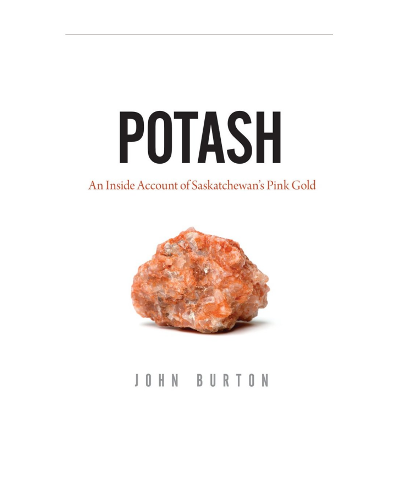The National Post is Canada’s second largest national paper.
The first official image in Camera Atomica is an x-ray; the first x-ray, actually, taken by physicist Wilhelm Rontgen, of his wife’s hand (her wedding ring is still visible as a rather large lump).
The discovery of this miraculous technology — it “makes the invisible visible” curator John O’Brian proudly proclaims — was an accident. But it was also our first, fumbling step into the atomic age, our first grasp of a power that would come to (quite literally) rewrite the DNA of the human experience.
“When Rontgen’s wife saw it, she was shocked. She said, ‘I’ve seen my own death,’” O’Brian explains, pointing to the image and pausing for dramatic effect. “That sort of predicted some of the worst sides of it. But this shows you there’s really a fatal interdependence between the camera and nuclear fission.”
O’Brian’s exhibit gathers some of the most powerful photographic images of the last 120 years of nuclear power — not, he says, to get us to contemplate our own deaths, but to bring attention back to an issue that’s still humming in the background of our everyday life.

























